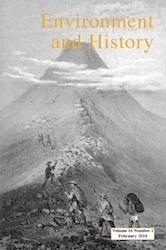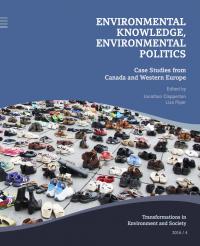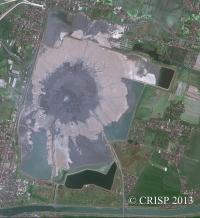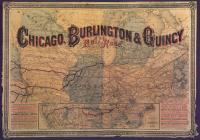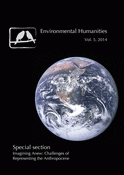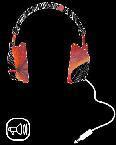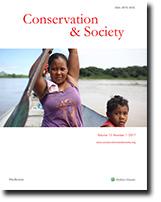“Brief Historical Ecology of Northern Portugal during the Holocene”
This study reviews the main changes of the vegetation and fauna in northern Portugal during the Holocene, using literature from palaeoecology, archaeology, history, writings from travellers and naturalists, maps of agriculture and forestry and expert consultation.


